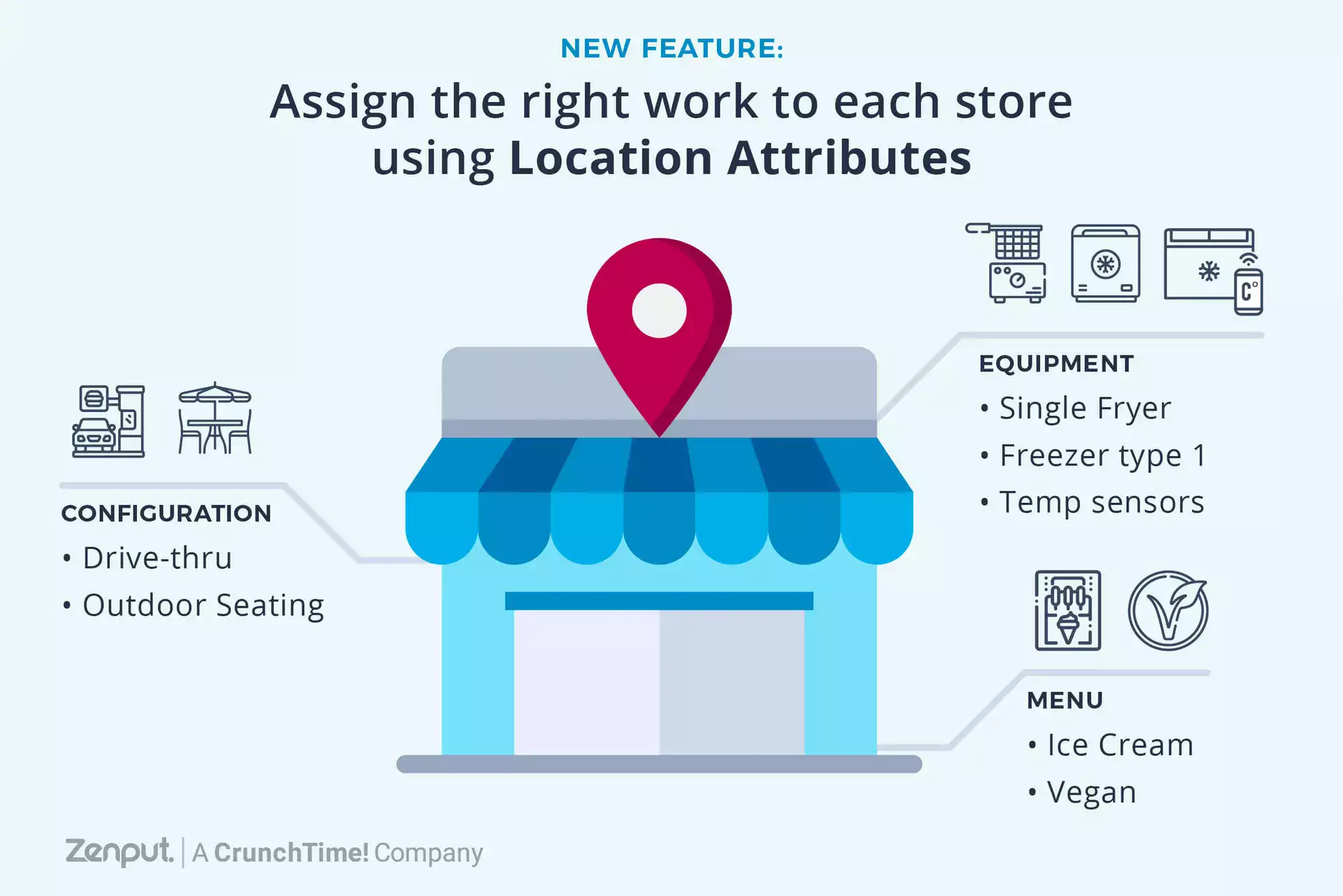Costco Wholesale Corp. is the rebel of retail. As a wholesale club, it doesn’t advertise to non-members. There are no bright lights and flashing colors as shoppers walk up and down the warehouse rows. The floor is concrete, the steel ceiling beams are exposed and huge skylights save electricity.
It doesn’t sound like a very inviting environment, yet shoppers arrive in droves to Costco’s hundreds of locations worldwide. It’s because Costco operates on the fundamentals of customer loyalty and brand consistency.
At Costco, no product is marked up more than 15 percent, which is less than a supermarket’s usual 25 percent or 50 percent at a department store. To compensate for those small margins, Costco charges a $55 annual membership fee of its 50 million members. Meanwhile, Costco’s proprietary brand, Kirkland Signature, is one of the most successful brands in the industry.
Here’s a quick trivia question: Which has more SKUs: A typical supermarket or Costco? Surprisingly, the average Costco store offers 3,600 SKUs compared to the supermarket’s 25,000. (Source: Fast Company)
In regards to product placement and quantity, supermarkets can learn from the world’s largest warehouse chain in three ways:
1. First impressions are everything
Costco stores are set up as a racetrack. When customers enter the store, they can see a panoramic overview of the store. Each department – electronics, home, fashion, and food -- is visible from the entrance. This design makes a 148,000-square-foot warehouse a lot more navigable.
Food for thought: All too often, customers walk into a supermarket in the middle of the store where their vision is confined to a numbered aisle or two. It’s time to rethink this traditional layout of supermarkets. In 2013, Meijer invested $160 million to build six new supercenters and undertake five major remodeling projects with a brand-new design for strategic product placement.
2. Product triggers
Costco’s product placement centers around “triggers.” Need paper towels? Well they might not be in the same aisle the last time you visited. That’s because Costco rotates at least 25% of hits hard-goods products inside the racetrack. Costco does this with great skill because they want customers to go on a treasure hunt to see more of the store. The result is a bigger basket.
Food for thought: Do supermarkets use product triggers for staple goods or do they suffer from “numbered aisle syndrome”? While it’s important to cater to the mission shopper, it’s equally as important to test product placements and measure results.
It seems that Whole Foods has gotten points No. 1 and 2 with its announcement of a new streamlined design that will feature “innovative technology and a curated selection.” The target, of course, is the next generation of household consumers – Millennials.
3. Less is more, even in a giant warehouse
Once again, shopper psychology rules the day. Costco doesn’t offer a mile-long aisle of one product. Rather, brands are carefully chosen and prices are held steady. Low prices and less stress lead to more purchases. Costco’s food court hot dog has remained $1.50 since 1985, so why not buy that fountain drink, too?
Food for thought: Variety is the spice of life, but consider honing in on your top-selling brands. Doing so with be less overwhelming for shoppers and could help boost sales.
Analysts have said that there are too many supercenter competitors in suburbs, and we’ve seen retailers try to shrink themselves into smaller formats. Among wholesale clubs, Costco remains the leading rebel of retail, proving that it’s possibly to be big but not brash.
hbspt.cta.load(437357, '57a5a473-0c32-40dd-911c-fa62b9a0c478', {});
Subscribe to our blog
You are now subscribed!


